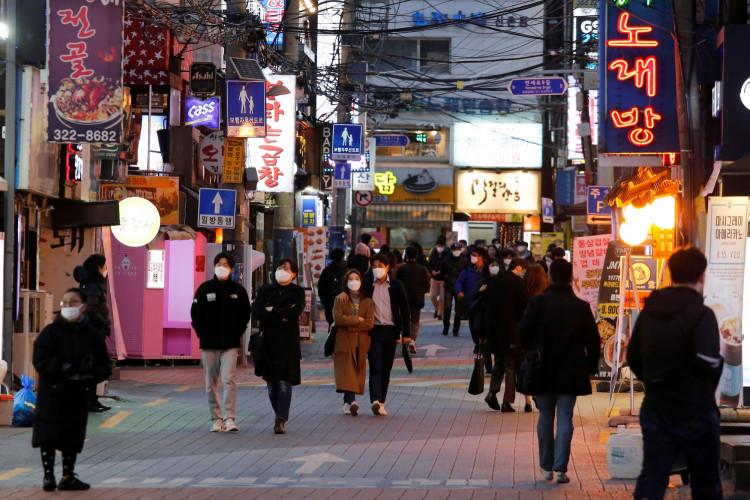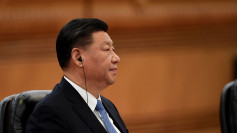In a profound demographic shift, South Korea is confronting an unprecedented decline in birth rates coupled with a surge in elderly workforce participation, painting a complex picture of its future societal and economic landscape. The South Korean Statistical Bureau's "Population Trends for April 2023" report unveiled a startling decline in newborns, with only 18,484 births recorded in April, marking a 12.7% drop compared to the previous year. This is the lowest number of April births since records began in 1981 and signifies a persistent downward trajectory, with births declining for 89 consecutive months.
The nation's fertility rate plummeted to a mere 0.78 in 2022, indicating a deepening crisis. The stark imbalance between births and deaths has led to a natural population decrease for the 42nd consecutive month since November 2019. Such sustained demographic trends are not only alarming for the nation's future workforce and economic vitality but also pose significant challenges for healthcare, pension systems, and social services.
This demographic downturn is also profoundly impacting the education sector. Reports from Global Magazine and First Finance suggest that the diminishing fertility rate is leading to a wave of school closures, affecting not just rural areas but also the capital region of Seoul. The number of primary and secondary schools failing to meet enrollment targets has grown by 11% in the last three years, indicating a widespread issue that's expected to exacerbate. Notably, even established institutions with over a century of history in central Seoul are facing closure due to insufficient student numbers, highlighting the gravity of the situation.
Simultaneously, South Korea is experiencing an increase in the elderly workforce. Nearly 60% of individuals aged between 60 and 69 are still earning income through work, surpassing the number of younger workers in their twenties. This trend has been consistent for three years since 2021 and reflects not only changes in the population structure due to aging but also economic pressures forcing older citizens to remain in the workforce. Despite the traditional expectation for individuals to retire around the age of 60, financial needs, especially in the face of rising living costs, are compelling many elderly individuals to continue working.
The reasons behind the rising elderly workforce are multifaceted. The aging population, improvements in health and longevity, inadequate pension systems, and the desire to remain active and engaged are all contributing factors. Additionally, the cultural norm in South Korea, where respect and care for the elderly are deeply ingrained, may also play a role in encouraging older individuals to stay productive and contribute to society.
As South Korea grapples with these demographic challenges, it must adopt a multifaceted approach to address the issues. This could include policy reforms in education, employment, healthcare, and social welfare to accommodate the changing population dynamics. The government may need to consider measures such as enhancing childcare support and incentives for families to have more children, creating more age-friendly workplaces, improving pension systems, and investing in healthcare infrastructure to cater to an aging population.
The situation in South Korea serves as a case study for other developed nations experiencing similar demographic shifts. The global community is closely observing how South Korea navigates these challenges, as the insights gained could provide valuable lessons for countries facing their demographic dilemmas. As South Korea endeavors to strike a balance between supporting its aging population and revitalizing its youth demographics, the outcomes will likely resonate far beyond its borders, offering both warnings and wisdom to the world at large.






